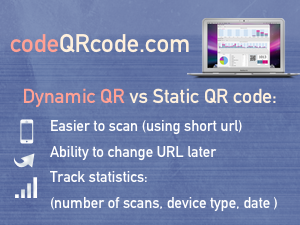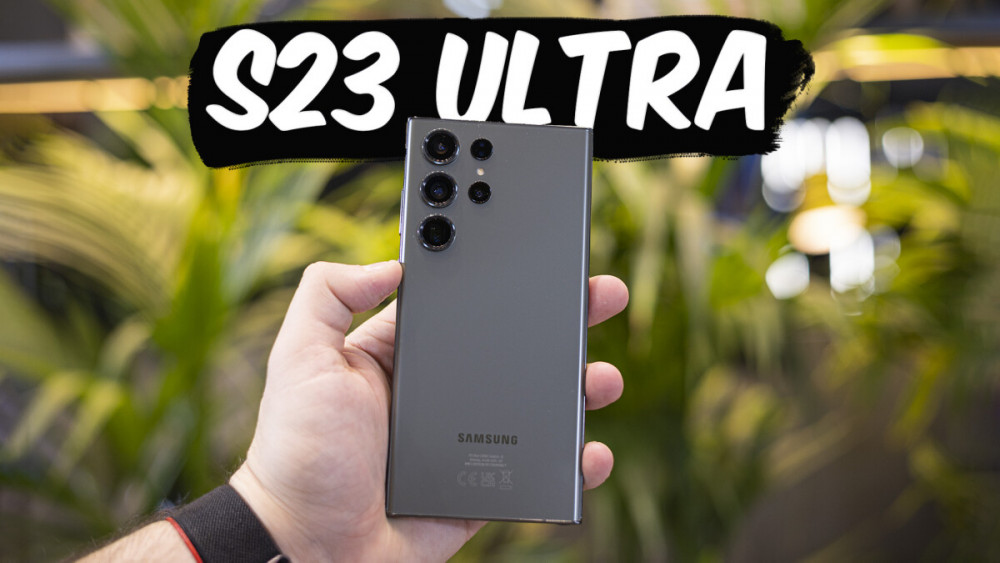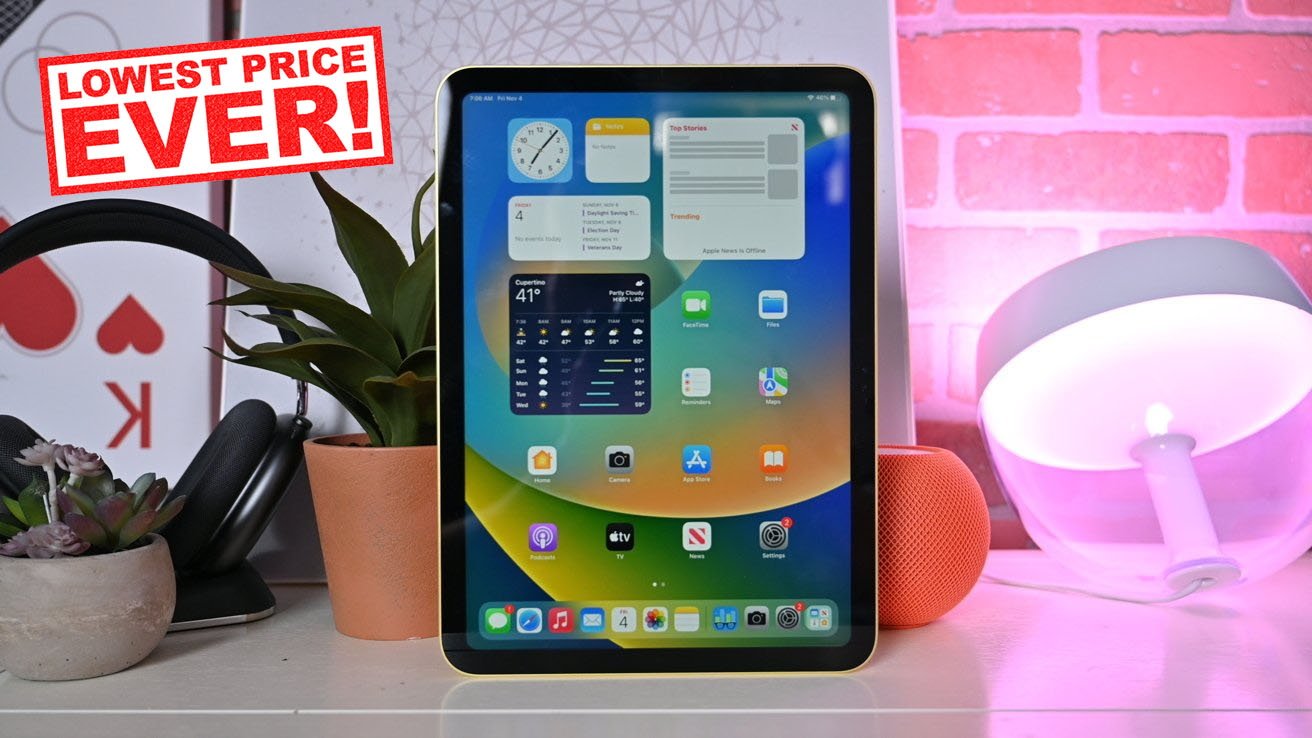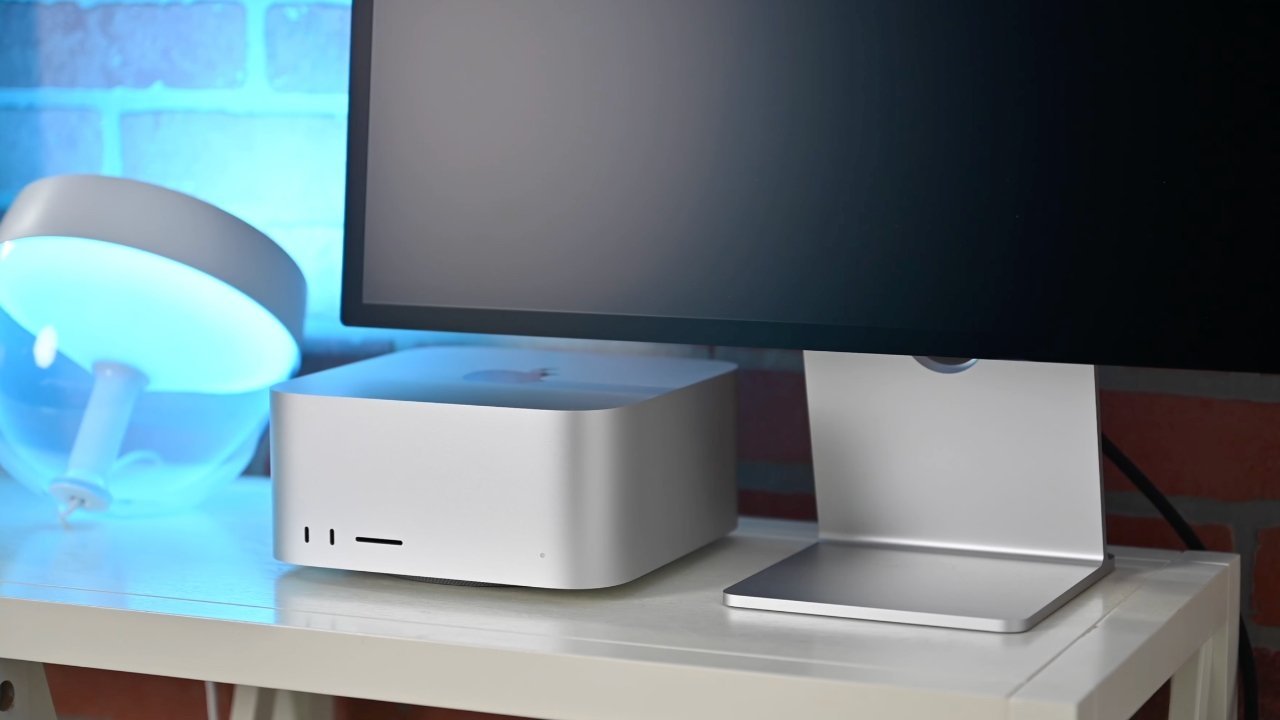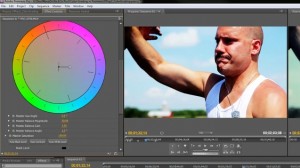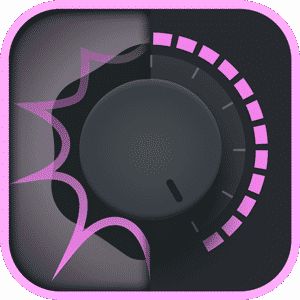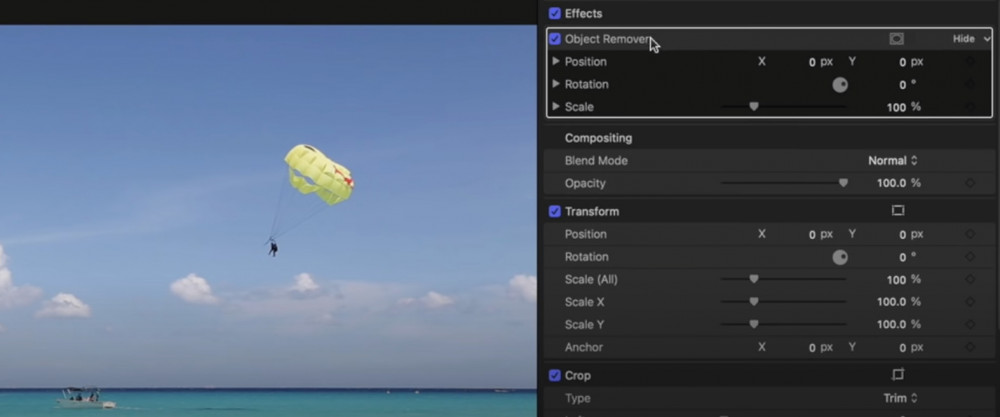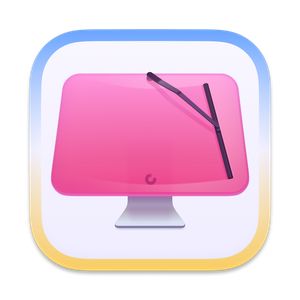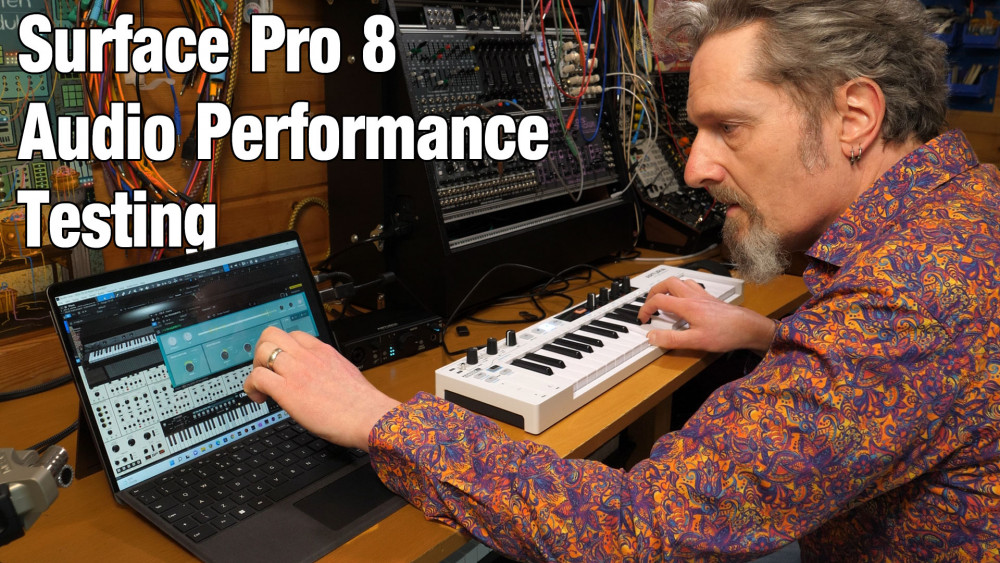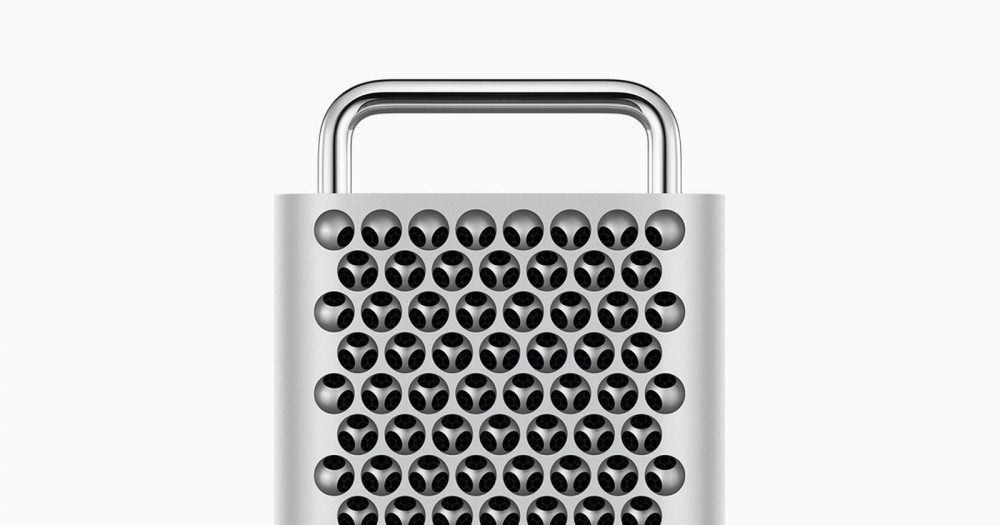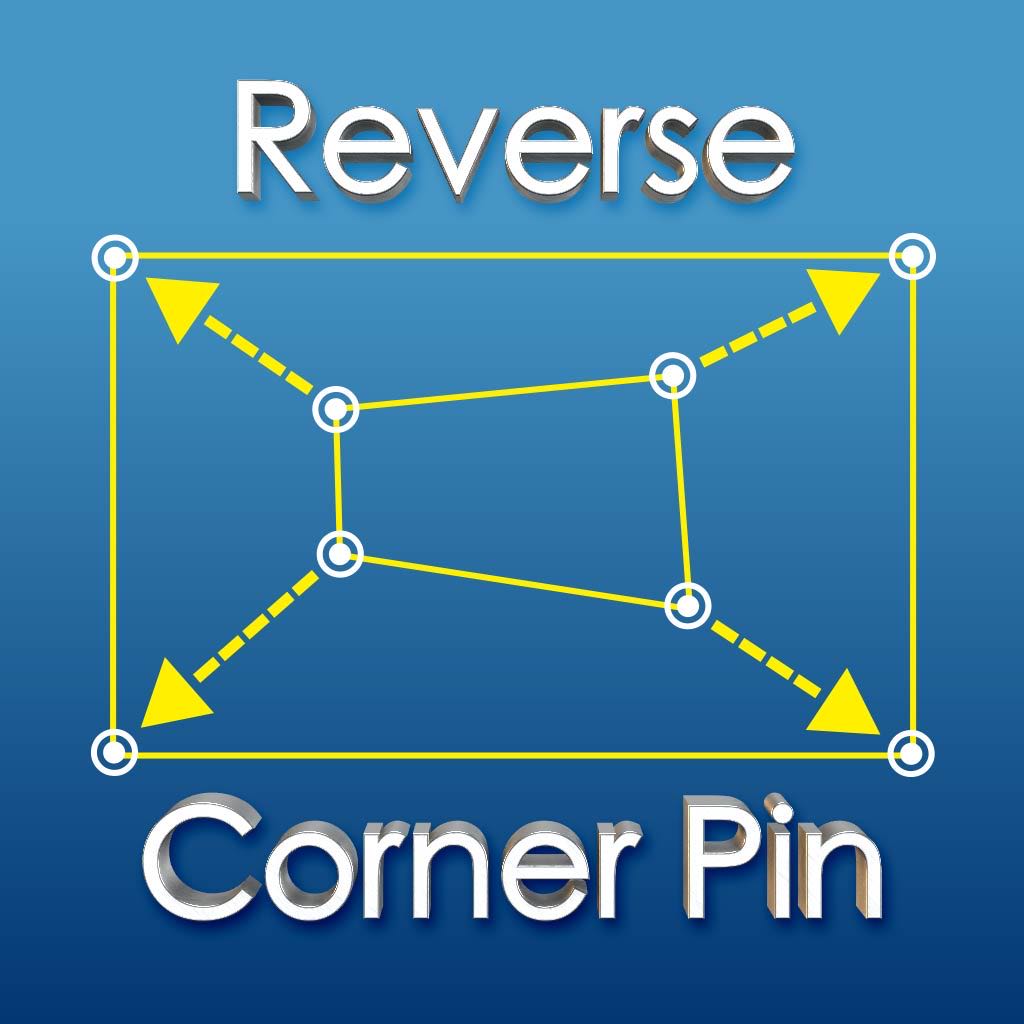dji mavic 2 pro vs dji mavic air: what’s the difference?
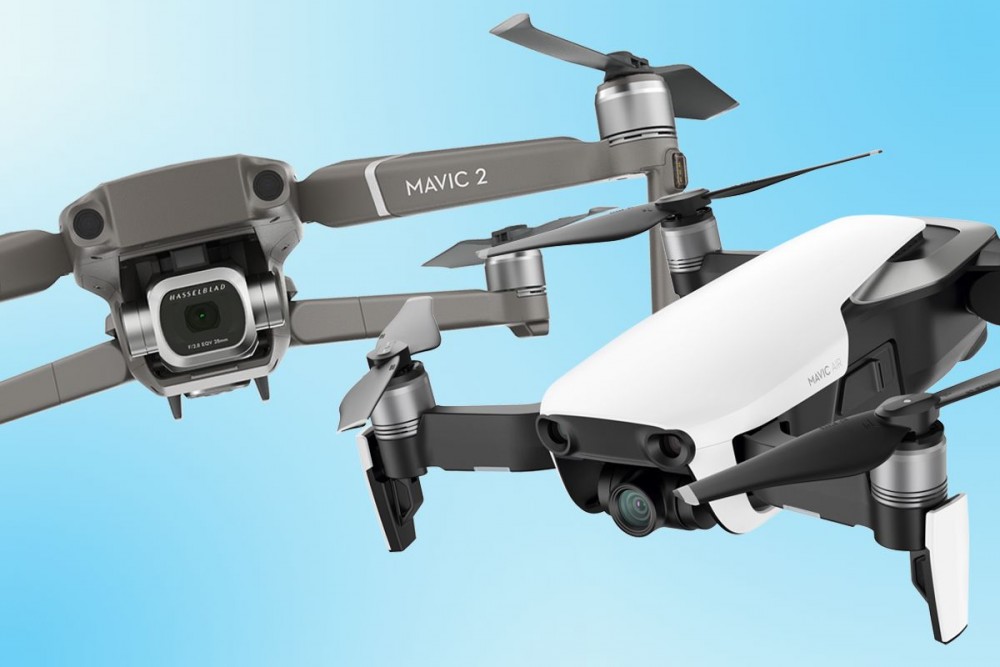
DJI Mavic Pro is the flagship consumer model, priced at well over £1,300, while DJI Mavic Air is compact, more affordable entry-level option at just over half the price... You'll also find these screw-off sticks on DJI Mavic Pro's controller, which has similar shape to Air's and offers LCD display to give the pilot flight and info at glance.. while it's also folding drone it's larger and heavier than Air, measuring 214x84x91mm, so Mavic Air just edges this round.. DJI Mavic Pro can for around 31 minutes on battery charge longer than Mavic Air's maximum of 21 minutes. While Mavic Air has sensors facing forward, backward and downward to prevent collisions, Mavic Pro has no fewer than ten sensors, covering left, right, up, down, forward and backward. DJI Mavic Air's transmission range when using the controller is 4,000m, while Mavic Pro's is 8,000m. Mavic Pro is the first drone to bear the fruit of DJI's 2017 acquisition of Swedish Hasselblad, and that fruit comes in the shape of Hasselblad-branded with 1-inch, 20-megapixel sensor that supports recording in both 4K, HDR10 and D-Log-M colour profile ... Mavic Pro's camera can record 4K at bitrate of up to 100Mbps, and its sensor size gives it greater dynamic range and it supports Hybrid Log Gamma HDR. Air shoots video for drone its size, with 4K clips showcasing its ability to capture sharp detail and the gimbal keeping things level and smooth even while you're moving the drone at speed. Pro, however, is operating at higher level, with the sensor able to capture wider colour depth and dynamic range to degree that its videos, while technically at 4K 30fps resolution and speed as Air's, appear much more detailed, clear and clean.. Read more
Report
Related items:

